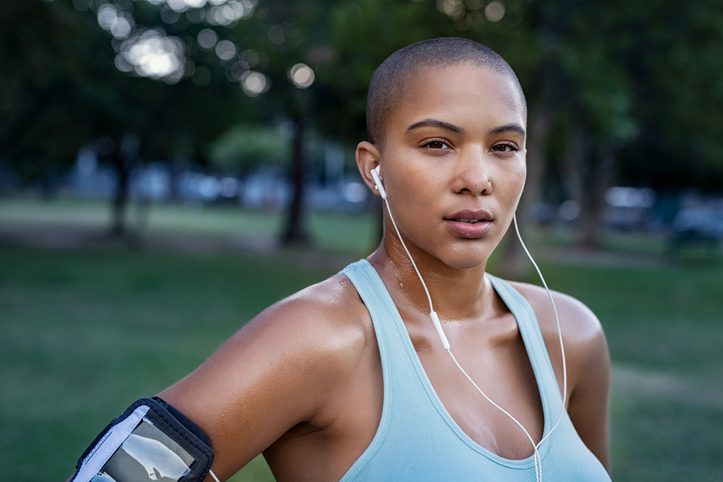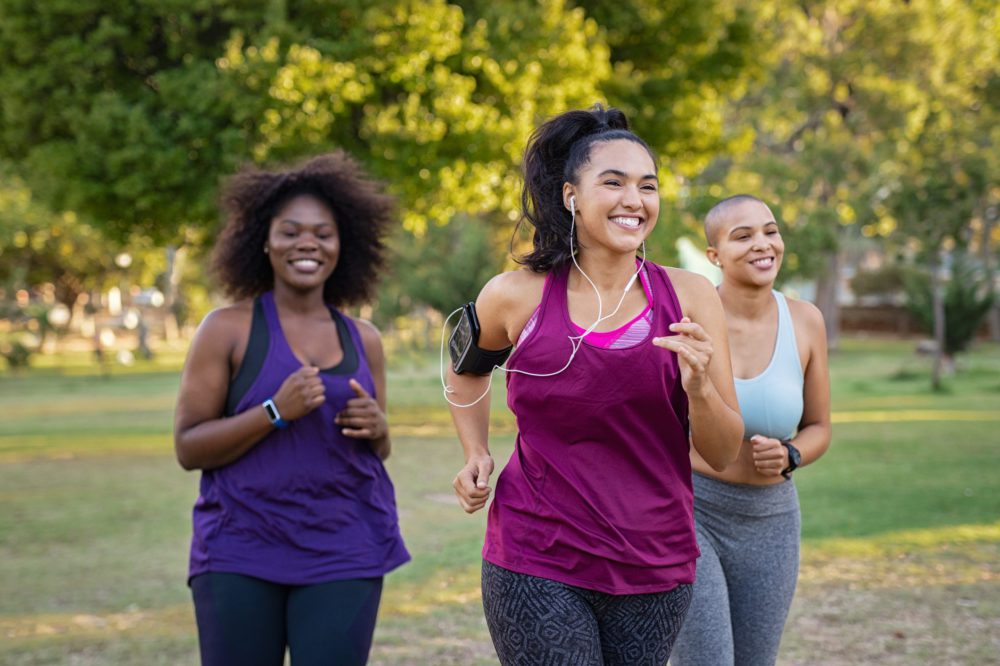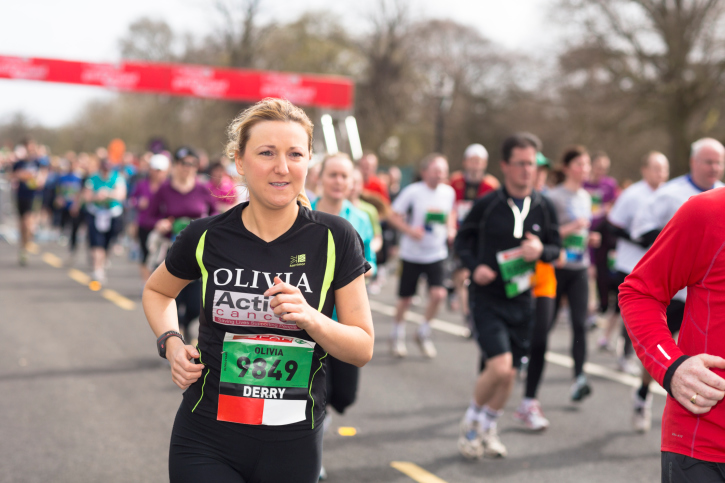Women and endurance running part one: how to train with your cycle
We spoke with researcher, entrepreneur and recreational athlete Dr. Stacy Sims to understand how women can work with their periods rather than against them

Dr. Stacy Sims is a researcher, entrepreneur, recreational athlete and scientist whose area of expertise is exercise physiology and sports nutrition. Early in her career, she became frustrated by the fact that the vast majority of sports science treated women like small men — most studies were conducted on men, and all the training, recovery and nutrition principles we learned from those studies were applied to women, despite the fact that female physiology is different from that of a man. We sat down with her to talk about these differences to determine how women runners can work with their bodies to become stronger, faster and healthier athletes.

RELATED: Why sports medicine research needs more women
Today, in Part One of this series, we will be diving into the female menstrual cycle and how it affects training. Part Two will cover nutrition strategies to boost performance throughout your cycle and how contraceptives affect training, and Part Three will look at puberty, perimenopause and menopause.
The period myth
One of the most obvious differences between women and men, of course, is the female menstrual cycle. For years, a woman’s period was seen as being detrimental to her performance, but Sims says this is entirely false.
“If you don’t have a period, it’s detrimental [to your performance],” she explains. “Having a period means you’re healthy, you’re adapting and you’re resilient to stress.”
Sims explains that the reason having a period developed such a negative connotation in sports is because of the way sport developed. In the beginning, she says it acted as a male demonstration of aggression, with an emphasis on traditionally male qualities, like speed, strength, aggression and power. There has always been a taboo around the female menstrual cycle, so when you bring that into the sporting context, it came across as a weakness. Because of this, the idea that not having a period meant you were just as strong or trained just as hard as the men became endemic in sport.
This couldn’t be farther from the truth. Having a period means you’re getting enough nutrients to support your health and your training, your body is responding well to training adaptations and stress, your sleep patterns are good, your endocrine system is healthy and you’re in an energy balance. No longer getting a regular period is the first red flag that something is amiss, and sets you up for health complications down the road, like loss of bone density, irregular sleep patterns and hormone dysfunction, among others.

How to use your cycle as a training tool
Sims says that for so long, women have been told that when they’re on their periods, they should feel flat, tired, awful and that they should be “hiding.” Instead, she argues, we should be telling women the opposite — that their periods are an opportunity to increase the intensity of their training sessions.
“The more we get women to move during their periods, the better it is and the less symptomatology they have,” she explains.
From a physiology standpoint, this also makes a lot of sense. The week that you’re on your period (days one through seven of your cycle) is when your hormones are at their lowest point, and this makes your body more resilient to stress. This, then, is the time to do more high-intensity sessions, because you recover much better. The only caveat to this, says Sims, is women who experience heavy bleeding during the first couple of days of their period. In this case, you want to keep moving but shift the focus from high intensity to technical work like drills, or simply moving for moving’s sake. You can hit your training hard again once the heavy bleeding subsides.
“The myths and perceptions around bleeding need to be extracted from the training conversation,” says Sims.
Around ovulation, which is usually around day 14 of the cycle for most women, is another good time to schedule a hard training session. After that, as your levels of estrogen and progesterone begin to rise again, Sims suggests focusing more on steady-state runs. Finally, the five days before your period starts, which is when your body is most affected by hormones, should be treated more like a de-load or off-week. This is the time to back off the intensity and focus on other aspects of training like running drills, de-loading in the gym and working on technique. Every woman will be slightly different, so it’s important to track your cycle and take note of the days you feel better and the days you feel worse, and adjust your training plan accordingly. While there are many ways to do this, Sims is a big fan of the app, Wild AI.
If you’re coaching a team of female athletes, Sims recommends coming up with a system that allows you to keep track of where each of your athletes are at, so that you can adjust their training accordingly (or, at the very least, adjust your expectations of individual athletes depending on the day).

Your cycle and competition
“This is where training is different than performance,” says Sims. “Train according to your menstrual cycle, but we know that the psychological aspect of performance supersedes the physiological.”
If, for example, your race ends up falling on a day during your cycle that you typically don’t feel your best, it’s easy to let that get to your head. Putting certain nutrition interventions in place and boosting yourself up mentally will help you overcome whatever physiological downfall you might be experiencing.
“We have to separate out performance versus training, which hasn’t been done well yet,” explains Sims. “When we talk about performance, there’s never a negative point in the menstrual cycle. When we talk about training, there are ups and downs. We can get better training adaptations when our bodies are more resilient to stress, and then start to taper down to support that hard training. But for performance, just go, just hit it hard.”
The bottom line
The key takeaway from this is that a woman’s period should not be seen as a detriment to performance, but rather as a tool to make her a better athlete. If women can learn to work with their physiology rather than against it, they will be healthier, happier and faster runners.
RELATED: Exercising and your period: changing the conversation


